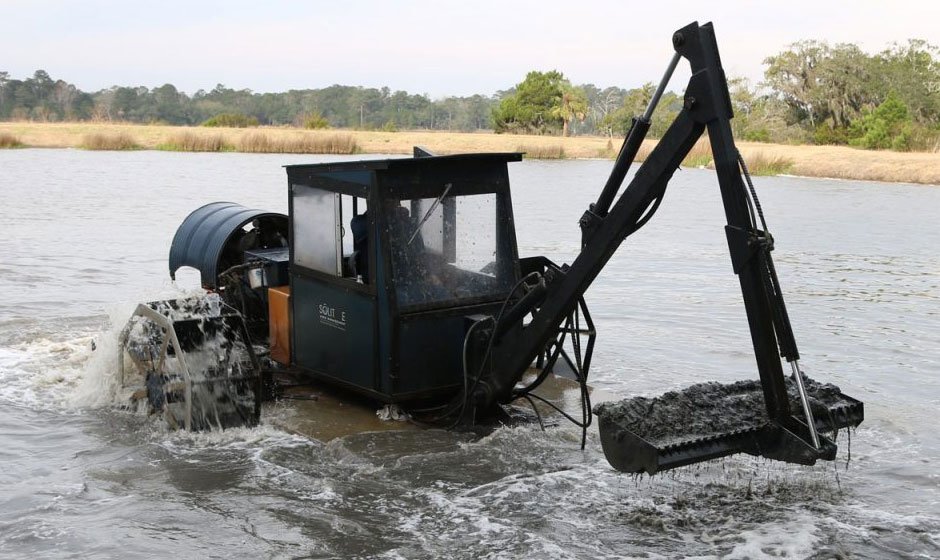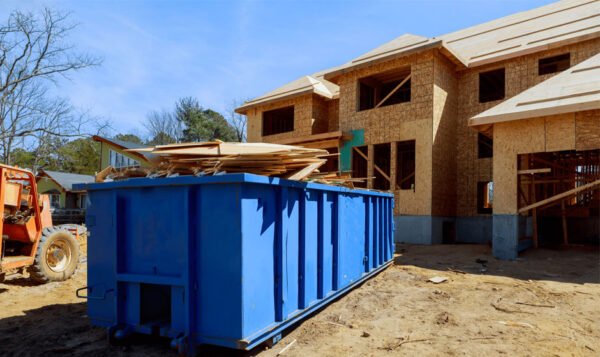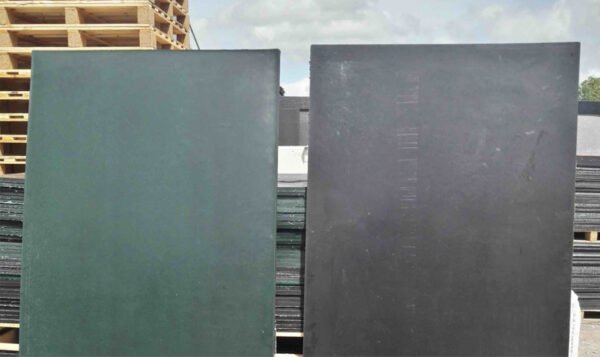Choose the Right Solution for Your Dredging Project

Dredge refers to the equipment or vessel used in the process of removing sediment and debris from water bodies to maintain navigable channels, restore ecosystems, or recover valuable resources. So, when you’re embarking on a dredging project, the choices you make early on can profoundly impact the project’s success, efficiency, and cost-effectiveness. It’s not just about removing sediment from the water; it’s about selecting the right solution that aligns with your specific needs and objectives. So, this guide will explore the key factors you should consider when choosing the ideal solution for your project, helping you navigate the often-murky waters of decision-making with confidence.
Define Your Project Goals
Before you dive into the world of options, it’s vital to clearly define your project goals. So, ask yourself:
- What Is the Purpose of Your Project?
Are you aiming to deepen a harbor, create a new waterway, restore a beach, or something else entirely?
- What Are Your Environmental and Regulatory Requirements?
Different projects come with different environmental considerations and regulatory hurdles. Understanding these early on is crucial.
- What’s Your Budget?
Your budget will play a pivotal role when determining the scale and scope of the project.
- What’s the Timeline?
Do you have a specific deadline or timeframe in mind for project completion?
Assess Different Methods
Once you’ve clarified your project’s objectives, it’s time to assess the various methods available:
- Mechanical:
This method involves physically removing sediment with the help of equipment like clamshell buckets or excavators. It’s ideal for larger-scale projects where precision isn’t critical.
- Hydraulic:
This process relies on the power of water to dislodge sediment, which is then transported via pipes to the desired location. It’s often used for precision work and in environmentally sensitive areas.
- Cutter Suction:
Cutter suction dredgers use a rotating cutter head to break up sediment, which is then pumped away. They’re suitable for deepening and widening channels and ports.
- Environmental Dredging:
This approach focuses on removing contaminated sediment from water bodies addressing pollution and ecological concerns.
Choose the Right Equipment
Selecting the appropriate equipment is a critical aspect of your project. Consider:
- Dredgers:
Choose dredgers that are tailored to your method and project scale. There are different types of dredgers, including cutter suction dredgers, trailing suction hopper dredgers, and more.
- Pumps:
Ensure your pumps are capable of handling the volume and type of materials you’re about to dredge.
- Accessories:
Don’t forget about accessories like dredge pipes, hoses, and instrumentation. These components play a vital role in the efficiency of your operation.
- Maintenance and Spare Parts:
Plan for routine maintenance and have spare parts readily available to minimize downtime.
Environmental Considerations
In today’s world, environmental responsibility is paramount. So, depending on your project’s location and objectives, you may need to consider:
- Sediment Disposal:
Determine how and where you’ll dispose of the dredged material. It may be suitable for beach nourishment, beneficial reuse, or require specialized disposal facilities.
- Habitat Protection:
Ensure that your activities don’t harm local ecosystems. Implement safeguards to protect aquatic life and habitats.
- Regulatory Compliance:
Stay informed about environmental regulations and ensure your project complies with them.
Seek Expert Guidance
These projects can be complex, and seeking expert guidance from dredging services is often a wise choice. Experienced equipment manufacturers and consultants can provide valuable insights and help you make informed decisions based on your project’s unique requirements.
Conclusion
Choosing the right solution for your project is akin to charting a course through uncharted waters. You can navigate these challenges successfully with a clear understanding of your goals, the right dredging method, finding suitable vendors offering dredging equipment for sale, and a commitment to environmental responsibility. Also, remember that every project is unique, and the key to success lies in tailoring your approach to meet its specific demands. By making informed choices and seeking expert advice when needed, you can set sail confidently toward the successful completion of your project, leaving a lasting impact on both land and sea.



